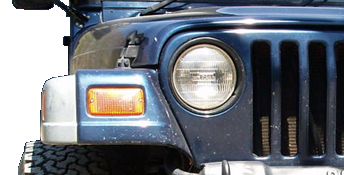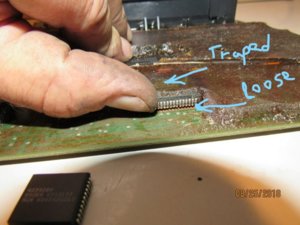yay. I found a control that will do what I want for the editor... It supports drop lists, text edits, copy and paste selections (for copying tables in and out of other calibrations) and reconfiguration on the fly. this will allow the editor to support multiple calibrations and editing of the cal without having to rewrite the dang thing for each one. once I have this merged into the editor, I will begin merging the programming/logging software into the editor along with the log viewer (as well as allowing live data view while recording the data). this might not look like much, but being able to embed buttons, edit boxes, drop down lists is a HUGE advance over the multiplicity of edit boxes I had. Like, being able to load a "template" with the values out of the calibration, and allowing the user to select values out of the drop box (Security=On/Off, Cruise low speed [mph]= 35, Cruise high speed[mph] = 85, separate tables for injector dwell, fuel hot, fuel cold, all that can be collapsed as well with the tree control) YES!! and I made some upgrades to the data graphing.. Data logs will also be time stamped with the run begin time & record the time of each data segment on the computer (down to the millisecond, so time between samples is visible.. plus I guess you could calculate G force based off the MPH from 0-X mph and the time in mS, as well as eighth/quarter mile time, not that most will use that function, other than for giggles [except maybe when i get my supercharged stroker going.. hehe]) the data viewer follows the mouse and displays the raw data (in future will be scaled to be the actual value, along with labels, but the table/grid control was a major major component I was missing keeping me from bringing these separate pieces together)
View attachment 274601
View attachment 274602






 But I got the app to work uploading a new ROM to my test ECU on the bench YAY. I'm getting there.
But I got the app to work uploading a new ROM to my test ECU on the bench YAY. I'm getting there. 